Good morning! Let’s play Connections, the NYT’s clever word game that challenges you to group answers in various categories. It can be tough, so read on if you need clues.
What should you do once you’ve finished? Why, play some more word games of course. I’ve also got daily Strands hints and answers and Quordle hints and answers articles if you need help for those too, while Marc’s Wordle today page covers the original viral word game.
SPOILER WARNING: Information about NYT Connections today is below, so don’t read on if you don’t want to know the answers.
NYT Connections today (game #591) – today’s words
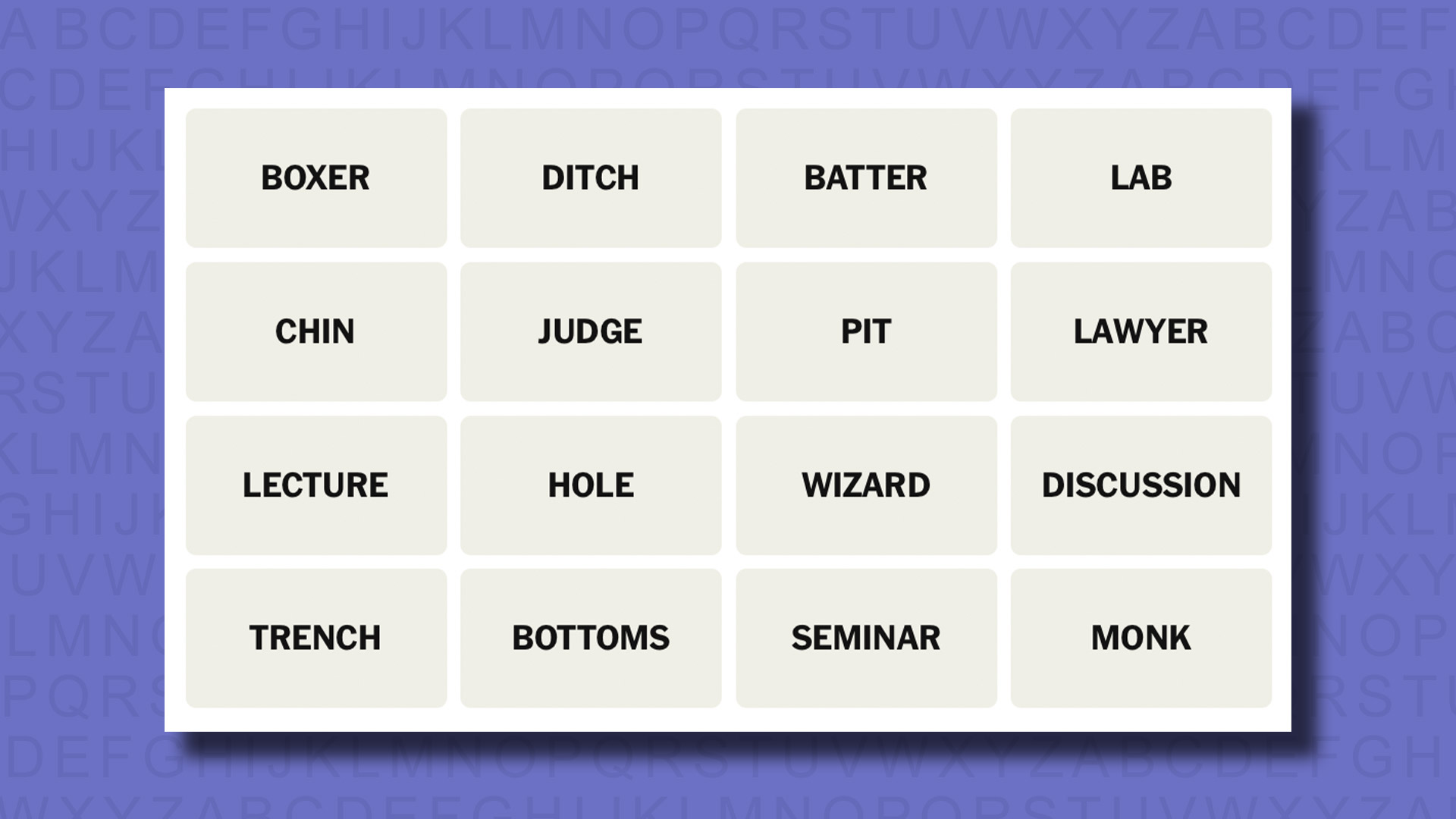
Today’s NYT Connections words are…
- BOXER
- DITCH
- BATTER
- LAB
- CHIN
- JUDGE
- PIT
- LAWYER
- LECTURE
- HOLE
- WIZARD
- DISCUSSION
- TRENCH
- BOTTOMS
- SEMINAR
- MONK
NYT Connections today (game #591) – hint #1 – group hints
What are some clues for today’s NYT Connections groups?
- GREEN: Can you dig it?
- YELLOW: Learning formats
- BLUE: Get cape, wear cape, work
- PURPLE: Add the opposite of “down”
Need more clues?
We’re firmly in spoiler territory now, but read on if you want to know what the four theme answers are for today’s NYT Connections puzzles…
NYT Connections today (game #591) – hint #2 – group answers
What are the answers for today’s NYT Connections groups?
- GREEN: RESULTS OF SOME DIGGING
- YELLOW: TYPES OF ACADEMIC COURSES
- BLUE: ONES WEARING ROBES
- PURPLE: ___ UP
Right, the answers are below, so DO NOT SCROLL ANY FURTHER IF YOU DON’T WANT TO SEE THEM.
NYT Connections today (game #591) – the answers
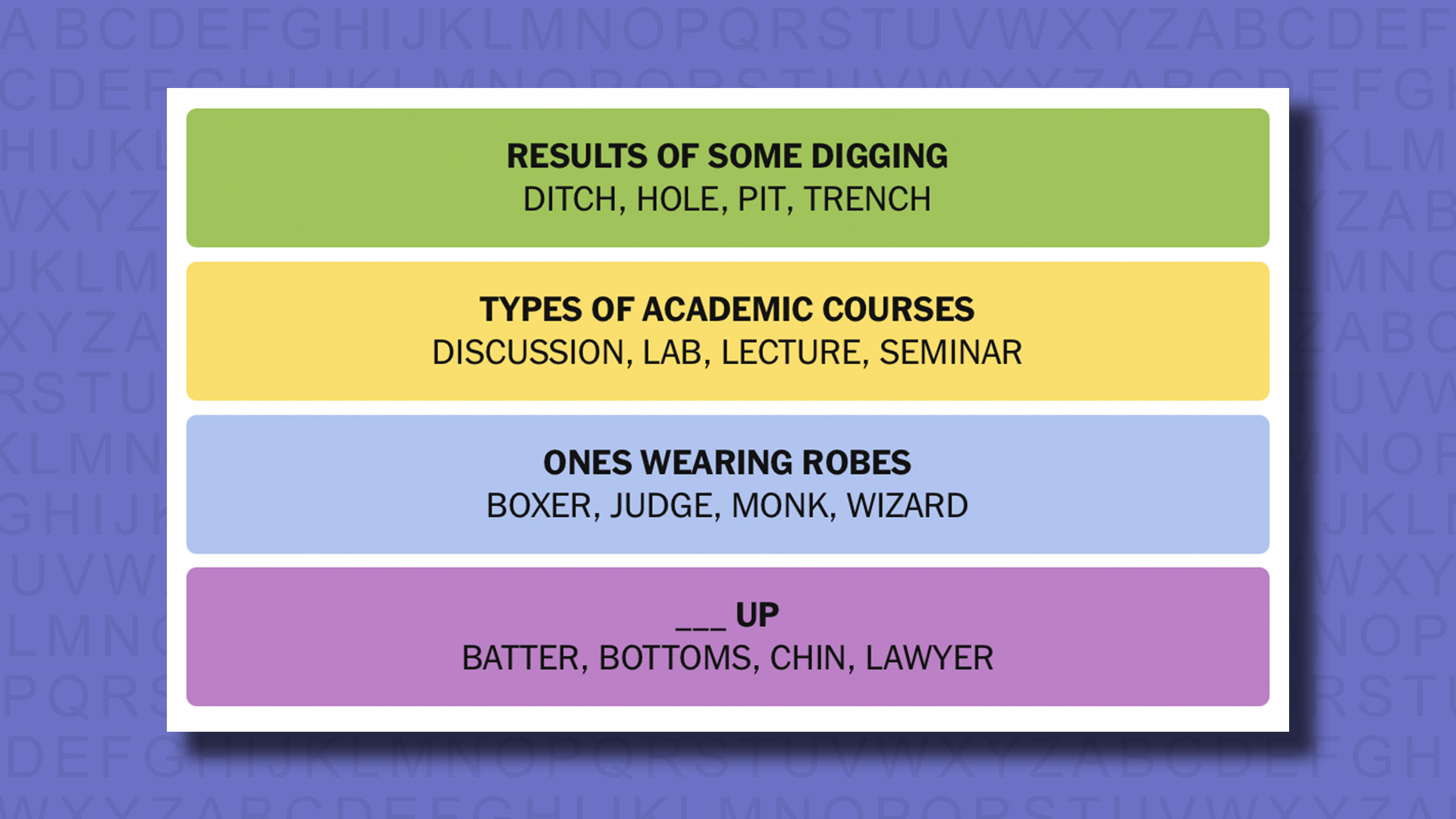
The answers to today’s Connections, game #591, are…
- GREEN: RESULTS OF SOME DIGGING DITCH, HOLE, PIT, TRENCH
- YELLOW: TYPES OF ACADEMIC COURSES DISCUSSION, LAB, LECTURE, SEMINAR
- BLUE: ONES WEARING ROBES BOXER, JUDGE, MONK, WIZARD
- PURPLE: ___ UP BATTER, BOTTOMS, CHIN, LAWYER
- My rating: Moderate
- My score: 1 mistake
As someone who spends most of their life almost exclusively in denim and fleece, the idea of having to wear a robe to do my job seems utterly bizarre – although it could add a touch of panache to my day spent sitting in front of a laptop pretending to work.
It is really odd when you consider it and who decided the ONES WEARING ROBES had to wear robes anyway? Of the quartet in today’s Connections, a robe makes most sense for a boxer, considering they are wearing so little under them. Plus, they look good with your name on the back – something JUDGE and MONK robe merchants could learn from perhaps?
Only one mistake from me today, as I momentarily thought TYPES OF ACADEMIC COURSES could include JUDGE. What a fool.
How did you do today? Let me know in the comments below.
Yesterday’s NYT Connections answers (Monday, 21 January, game #590)
- YELLOW: PUTDOWN BARB, CRACK, DIG, SLIGHT
- GREEN: SMALL LIKENESS DOLL, FIGURE, MINIATURE, MODEL
- BLUE: USED TO CLEAR SNOW PLOW, SALT, SAND, SHOVEL
- PURPLE: DOCTORS IN POP CULTURE NO, OCTOPUS, PEPPER, WHO
What is NYT Connections?
NYT Connections is one of several increasingly popular word games made by the New York Times. It challenges you to find groups of four items that share something in common, and each group has a different difficulty level: green is easy, yellow a little harder, blue often quite tough and purple usually very difficult.
On the plus side, you don’t technically need to solve the final one, as you’ll be able to answer that one by a process of elimination. What’s more, you can make up to four mistakes, which gives you a little bit of breathing room.
It’s a little more involved than something like Wordle, however, and there are plenty of opportunities for the game to trip you up with tricks. For instance, watch out for homophones and other word games that could disguise the answers.
It’s playable for free via the NYT Games site on desktop or mobile.








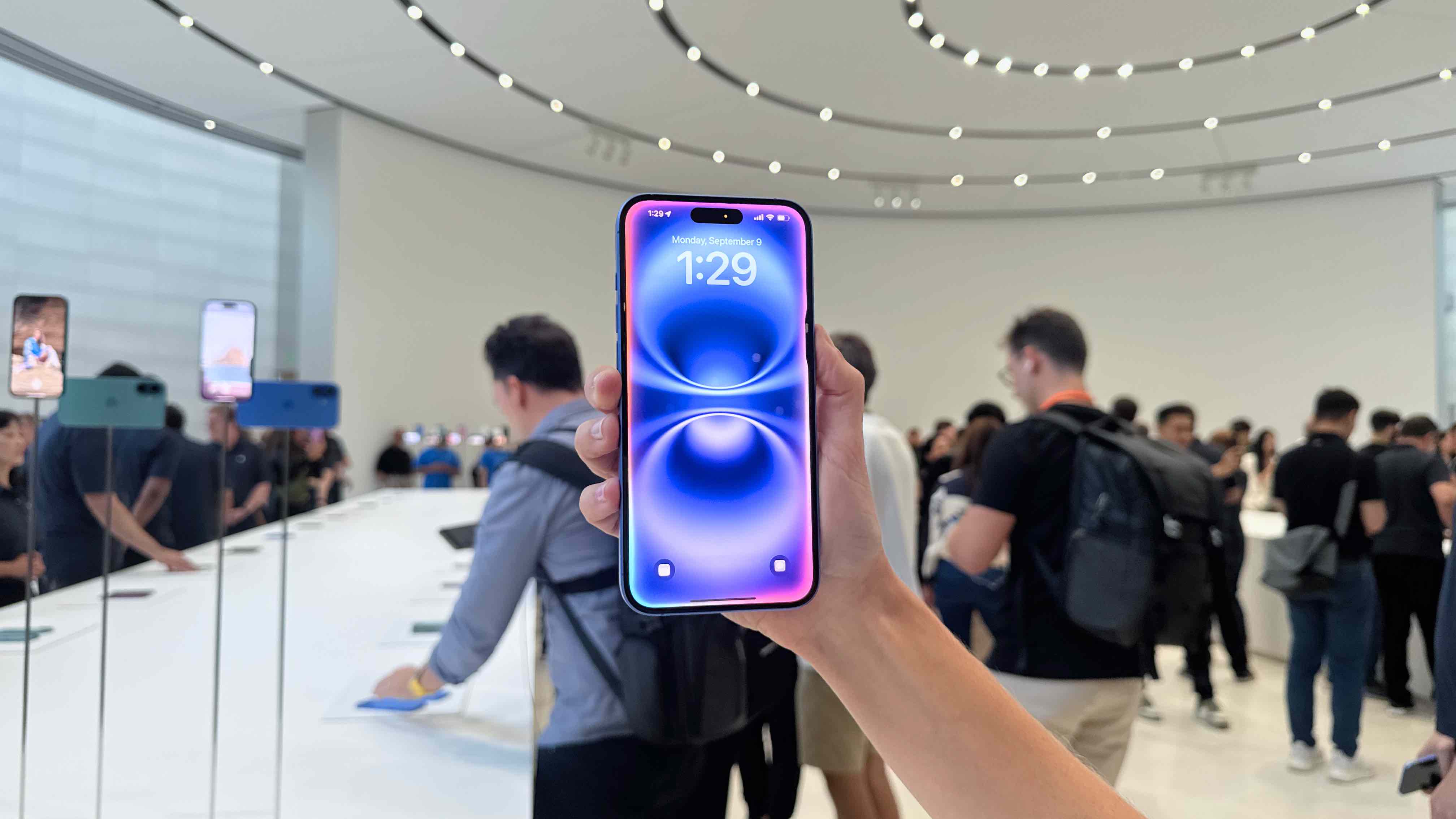
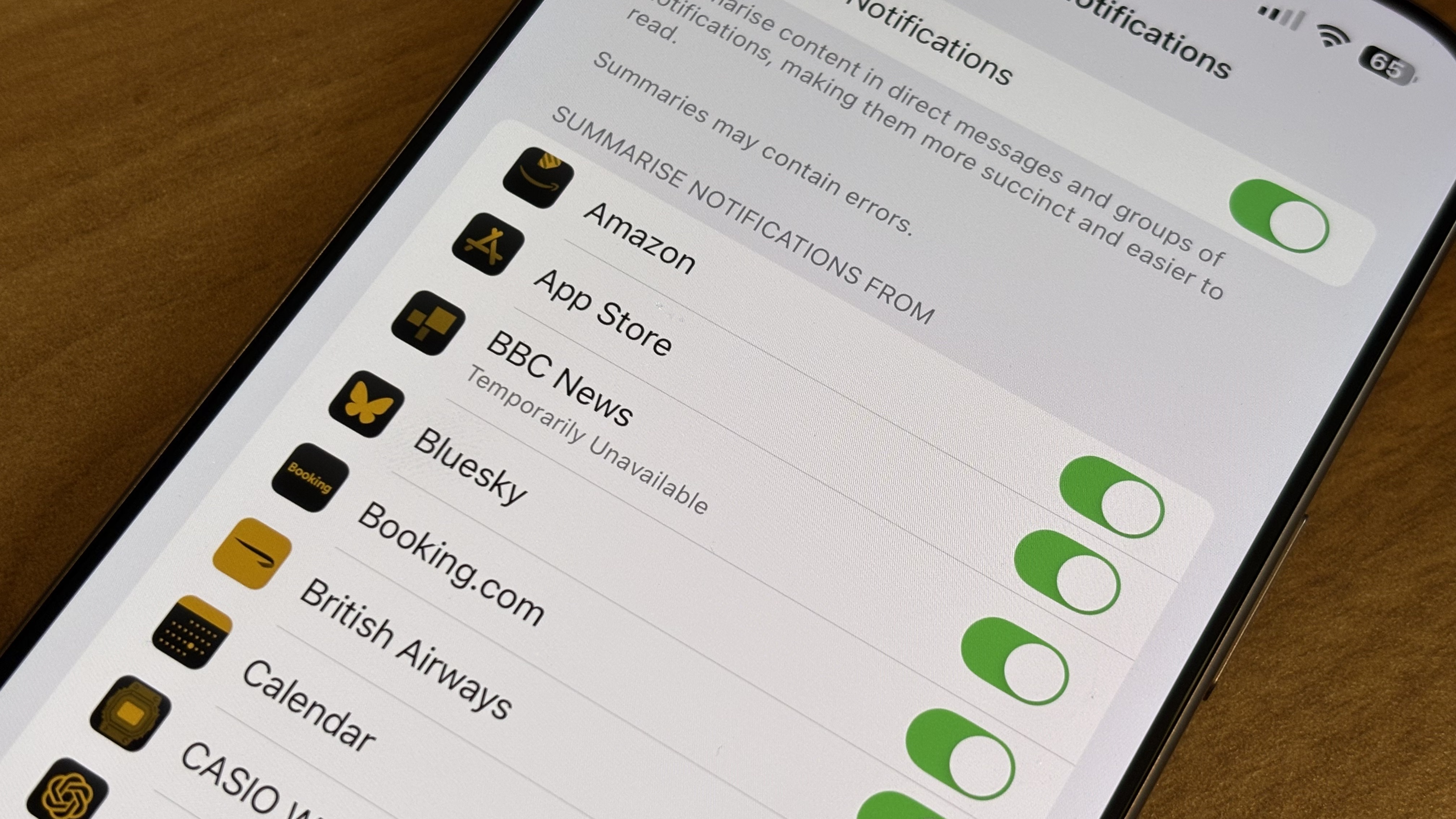




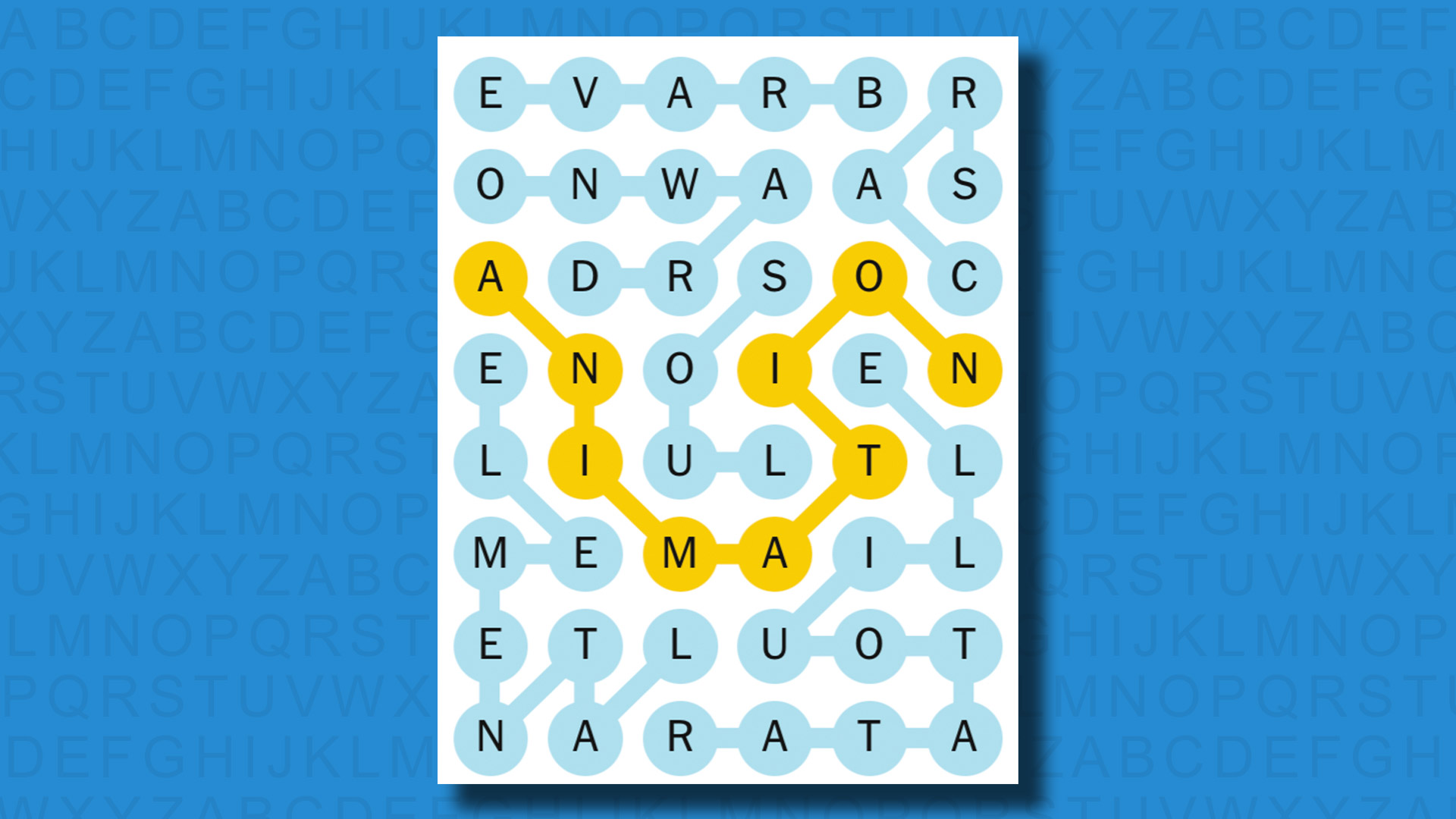












You must be logged in to post a comment Login